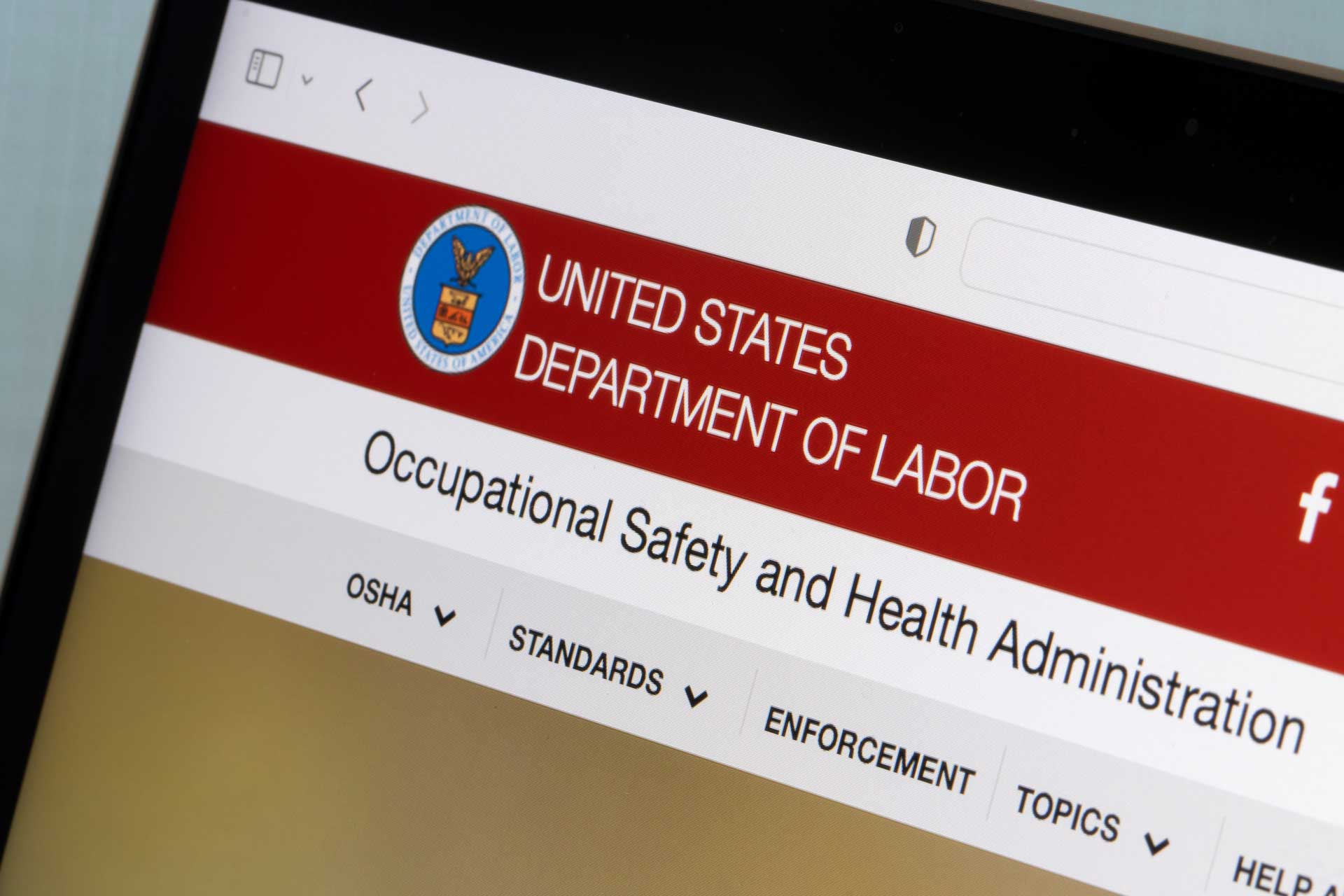Have you been thinking about purchasing new or used equipment to enhance your manufacturing capabilities? How about upgrading technology and software or updating your facility and equipment? With end of year approaching, you have limited time left to consider whether to purchase, lease, or finance certain assets to take advantage of Section 179 tax benefits. It’s also a good time to consider how Section 179 may play into your business and tax strategy for 2024.
Section 179 uses first-year expensing. That means you can deduct the expense for an eligible asset immediately, rather than depreciating it over time. It serves as an incentive for a business owner to invest in the business and enhance its capabilities and services with the purchase and installation of capital equipment.
One big caveat: You must put the asset you purchase into service the year that you plan on taking the deduction. With just weeks left in 2023, it will be important to account for this in your planning.
Most small and mid-sized business owners qualify for Section 179 deductions. Qualifying purchases can include office furniture and equipment; computers and software; certain vehicles (some with annual deduction limits); machines and manufacturing equipment; and other property used for business. Security systems, HVAC systems, roofs, fire protection systems, and other structural improvements to non-residential buildings may also qualify for a Section 179 deduction.
Equipment can be new or used (as long as you weren’t the prior owner). It can be purchased outright, financed, or leased. So, let’s say you want to purchase qualifying equipment for $1 million and you have $250,000 for the down payment and finance the remaining $750,000. As long as the equipment is put into service this year, you can deduct the full $1 million this year.
Through 2026, there’s an added bonus. For expenses not eligible for the Section 179 deduction, there’s a bonus depreciation allowance in year one. For 2023, bonus depreciation is 80% — remember, that’s in addition to regular depreciation. The bonus depreciation decreases for the next three years (60% for 2024, 40% for 2025, 20% for 2026). Starting in 2027, this additional benefit will no longer be available. Because of this phase-out, businesses benefit the most by making capital purchases sooner rather than later.
Section 179 numbers to know for 2023:
- Maximum 179 deduction: $1,160,000
- Phaseout threshold begins at $2,890,000 and ends at $4,050,000. (So, if you buy eligible assets that cost more than $2,890,000, your maximum 179 deduction is reduced dollar for dollar by amounts over $2,890,000. Purchases above $4,050,000 are not eligible for a 179 deduction, but bonus depreciation can still apply.)
- Bonus depreciation: 80%
If you need help determining whether to act quick to take advantage of Section 179 this year or whether to make it part of your tax strategy for 2024, your RBT CPA client manager can help – reach out to him/her today. Please remember RBT CPAs is here to help with your accounting, tax, audit, or business advisory needs. Interested in learning more? Give us a call today.
RBT CPAs is proud to say 100% of its work is prepared in America. Our company does not offshore work, so you always know who is handling your confidential financial data.









